Premium Only Content
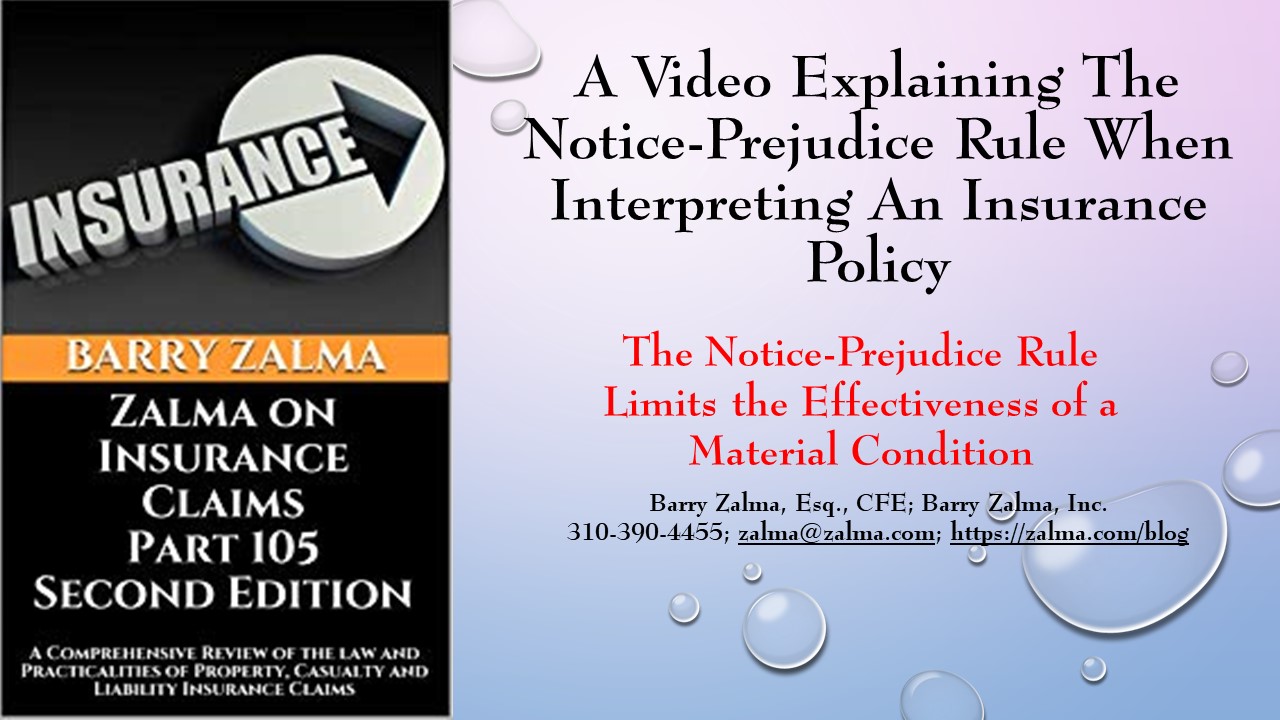
A Video Explaining the Notice-Prejudice Rule When Interpreting an Insurance Policy
The Notice-Prejudice Rule Limits the Effectiveness of a Material Condition
The usually uncomplicated phrase “late notice” has become a target of courts that change clear and unambiguous to a situation of confusion and doubt. The timely notice of claims is generally an express requirement of an insurance policy and fundamental to the efficient and predictable administration of claims. The modern trend by U.S. courts and legislatures has been to diminish “late notice” as a defense to coverage.
Specifically, numerous U.S. jurisdictions have moved away from strict enforcement of the requirement of timely notice—that is, failure to notify timely constitutes a forfeiture of coverage—to one that requires a showing of harm to the insurer before coverage is lost. Called the “notice-prejudice” rule, the basic premise is that unless the insurer has been prejudiced by an insured’s late notice, coverage will not be forfeited. Recent litigation and legislation from around the country has taken the teeth out of the defense and makes its viability uncertain although some courts will use common sense when dealing with the notice-prejudice rule.
An insured with both primary and excess coverages, as a general practice, should report to the excess insurer any loss where at least half of the primary limit is exposed by a third party claim. Failure to do so can be exceedingly expensive and defeat the wisdom of buying excess coverages.
In Landmark American Insurance Company v. Deerfield Construction, Inc., and Shawn Graff v. Arthur J. Gallagher Risk Management Services, Inc., No. 18-2205, United States Court of Appeals for the Seventh Circuit (August 12, 2019) Deerfield’s employee, Graff, had an automobile accident with Mr. Keeping.
Deerfield had a primary commercial automobile insurance policy through American that covered it for up to $1 million in liability. Deerfield's broker, Gallagher, also helped Deerfield obtain an excess insurance policy from Landmark, to kick in after Deerfield’s liability exceeded $1 million. After Graff’s accident, Deerfield informed American and Gallagher. No one notified Landmark, even after Keeping filed suit.
-
 8:57
8:57
Barry Zalma, Inc. on Insurance Law
1 year agoNo Coverage for Benefits no Right to Bad Faith Damages
216 -
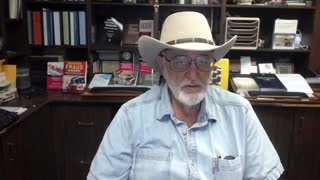 12:11
12:11
Barry Zalma, Inc. on Insurance Law
5 years agoA Video Explaining When the Notice-Prejudice Rule Does Not Apply
29 -
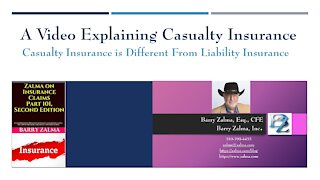 16:42
16:42
Barry Zalma, Inc. on Insurance Law
5 years agoA Video Explaining Casualty Insurance
79 -
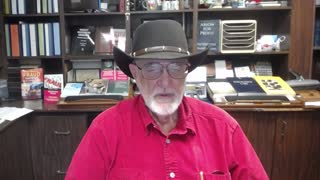 17:29
17:29
Barry Zalma, Inc. on Insurance Law
5 years agoA Video Explaining the Nature of Insurance Underwriting
37 -
 14:25
14:25
Barry Zalma, Inc. on Insurance Law
5 years agoA Video Explaining the Importance of Warranties in Insurance Contracts
45 -
 20:42
20:42
Barry Zalma, Inc. on Insurance Law
5 years agoA Video Explaining the Duties of the Public Insurance Adjuster
66 -
 17:10
17:10
Barry Zalma, Inc. on Insurance Law
5 years agoA Video Explaining how to Read and Interpret the Homeowners Policy
51 -
 16:29
16:29
zalma
5 years agoA Video Explaining How to Read and Understand Your Homeowners Policy
221 -
 15:00
15:00
Barry Zalma, Inc. on Insurance Law
5 years agoA Video Explaining The Need For Training Professional Insurance Claims Personnel
73 -
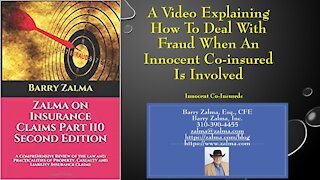 15:10
15:10
Barry Zalma, Inc. on Insurance Law
5 years agoA Video Explaining how to Deal with Insurance Fraud and Innocent Co-Insureds
81